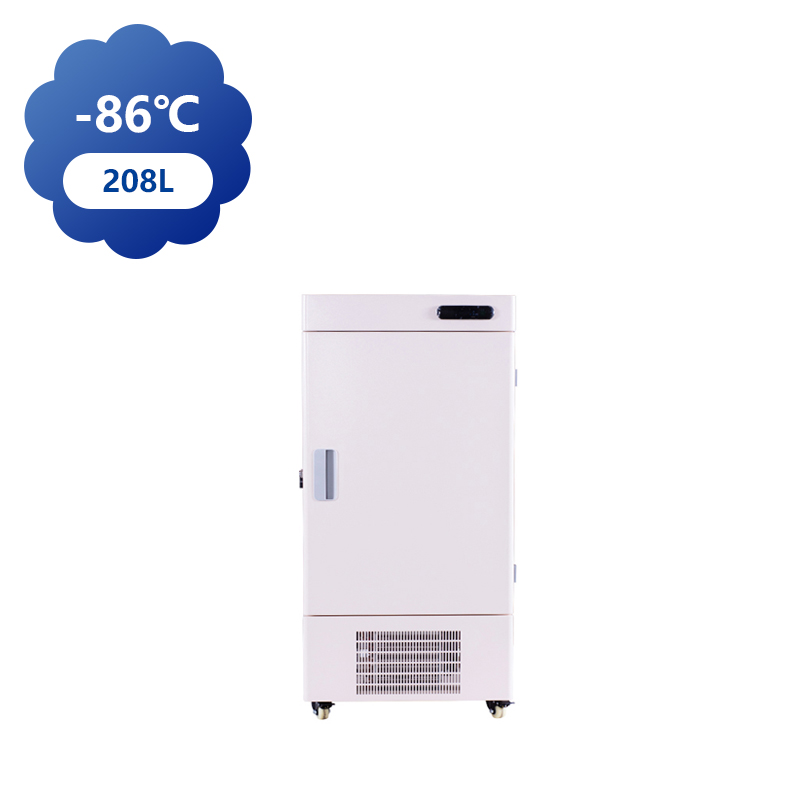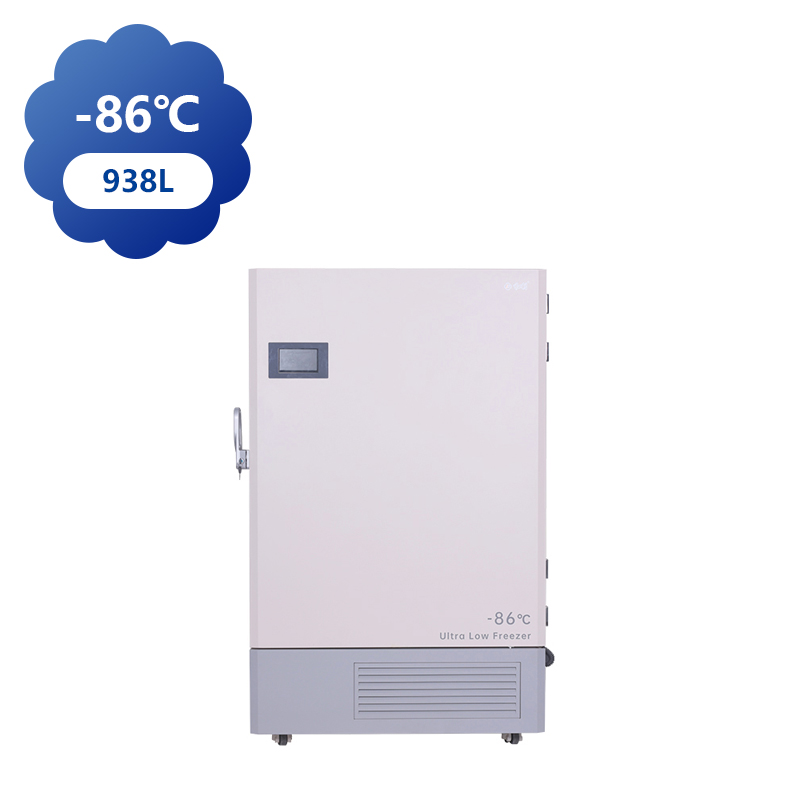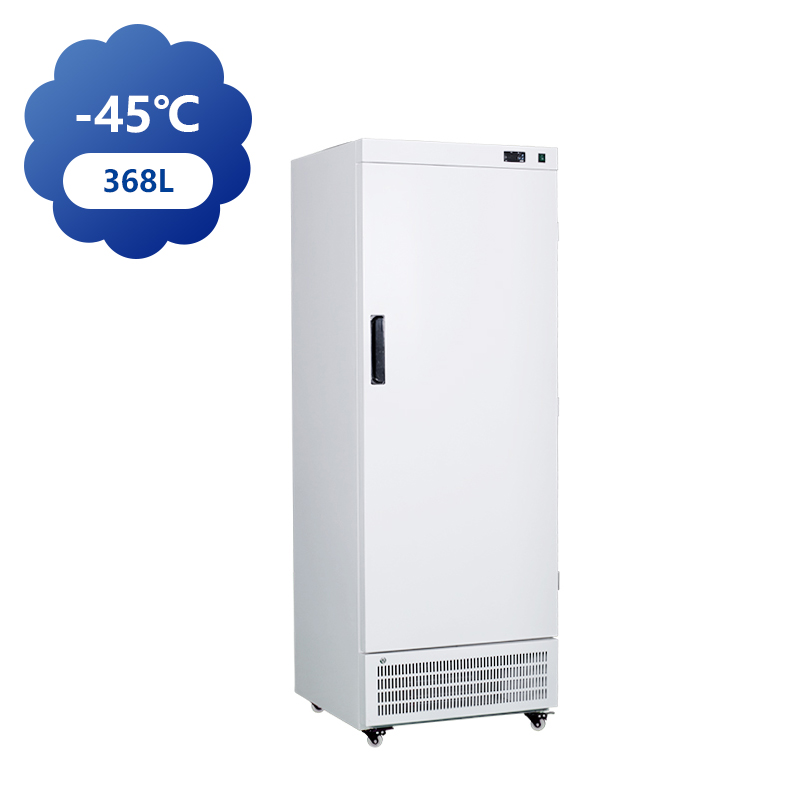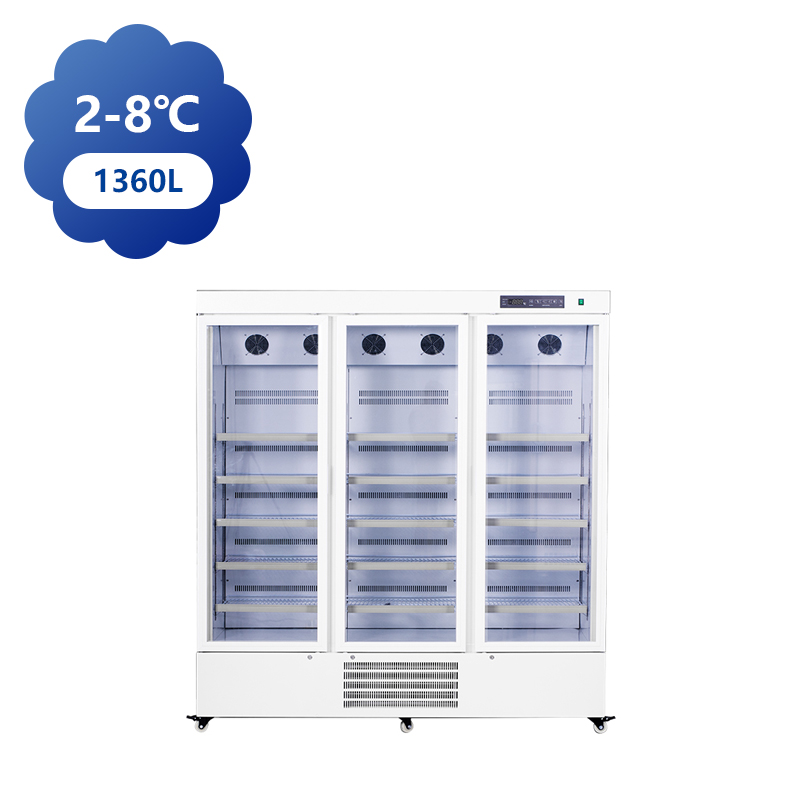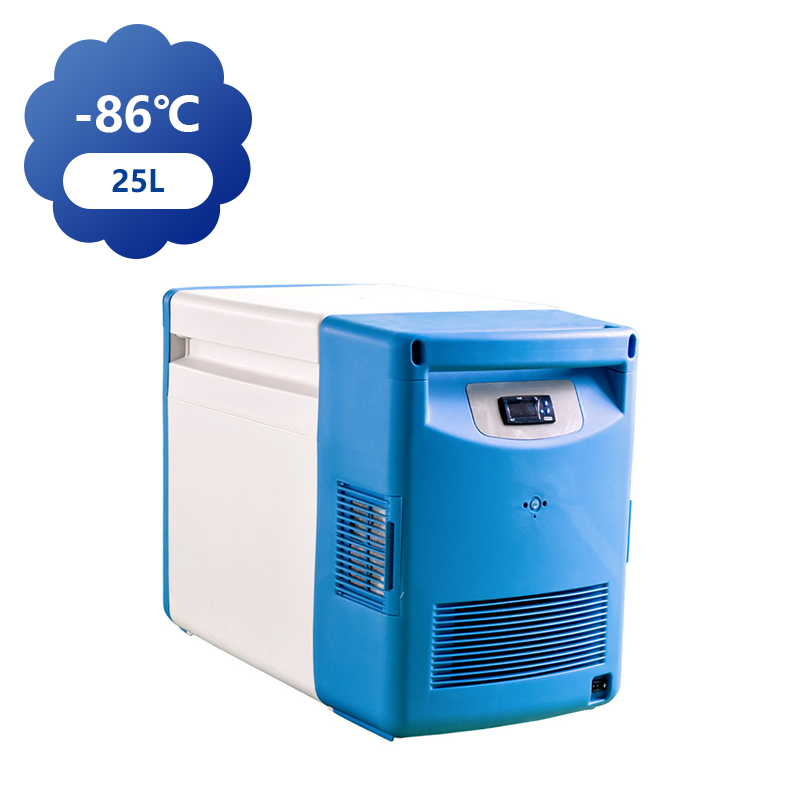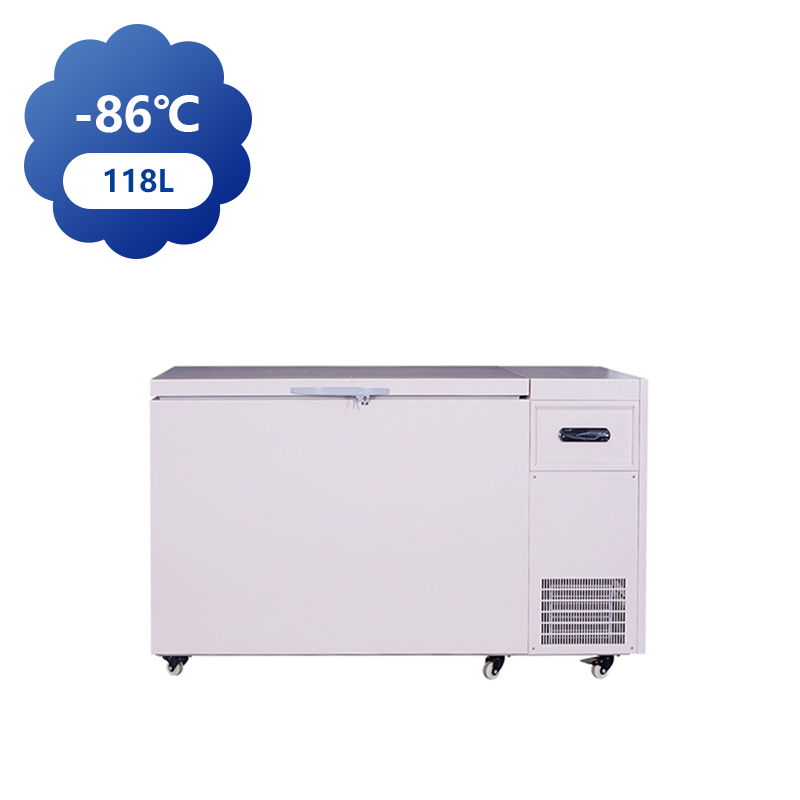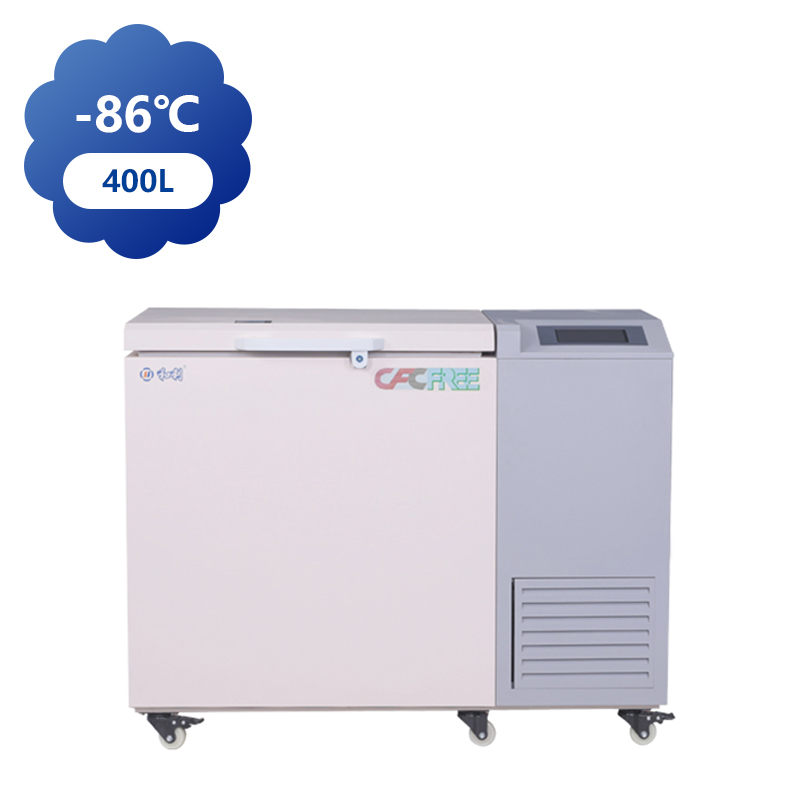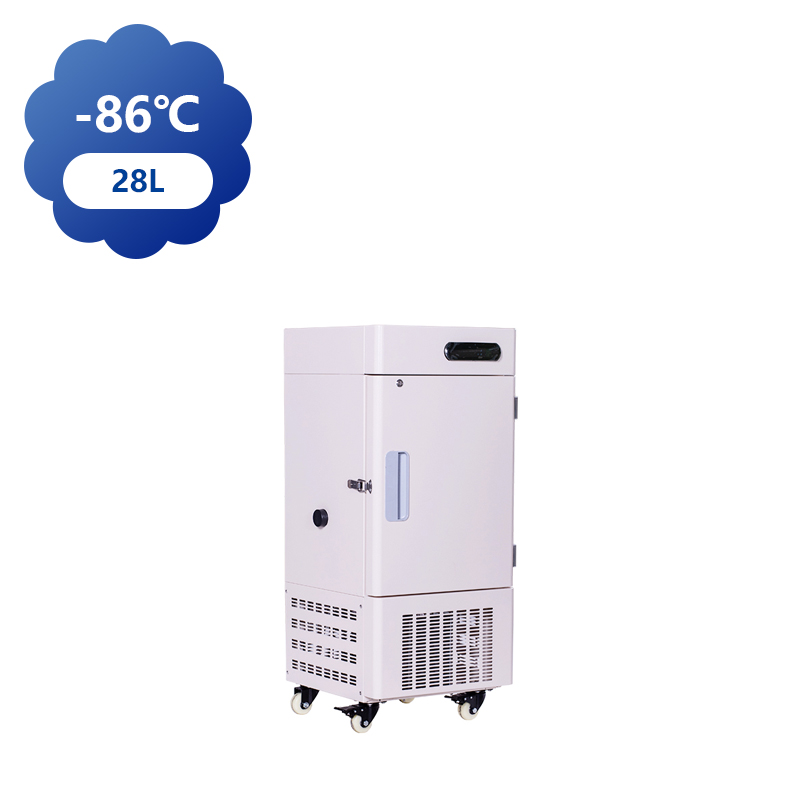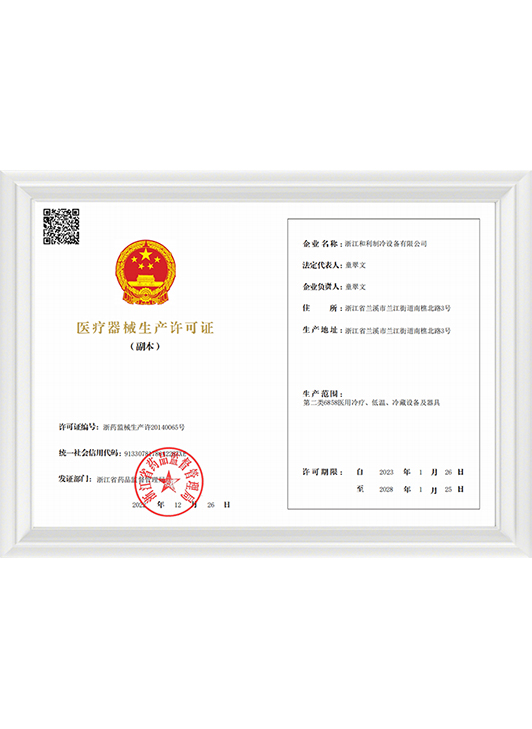You can contact to me using this form.
When transporting temperature-sensitive materials—be they biological samples, pharmaceuticals, or premium perishables—a combination of ULT Car Freezer and ULT Portable Freezer solutions is often essential. The ULT Car Freezer provides a vehicle-integrated cooling backbone, while the ULT Portable Freezer offers flexibility to move delicate cargo into off-vehicle settings or remote locations.
Why Sensitive Cargo Demands More Than Ordinary Cooling
What Makes Cargo “Sensitive”?
Sensitive cargo refers to goods or specimens whose functionality, viability, or value degrades if temperature deviates even slightly. Examples include:
Vaccines, biologics, enzymes
Tissue samples, cell cultures, DNA/RNA extracts
High-end food products (e.g. sashimi, premium seafood, molecular gastronomy ingredients)
Diagnostic reagents, lab kits
These items often require stable ultra-low temperatures (e.g. –60 °C to –86 °C) over the full duration of transport. Ordinary freezers or portable refrigerators can’t reliably maintain that range under motion, vibration, or fluctuating ambient conditions.
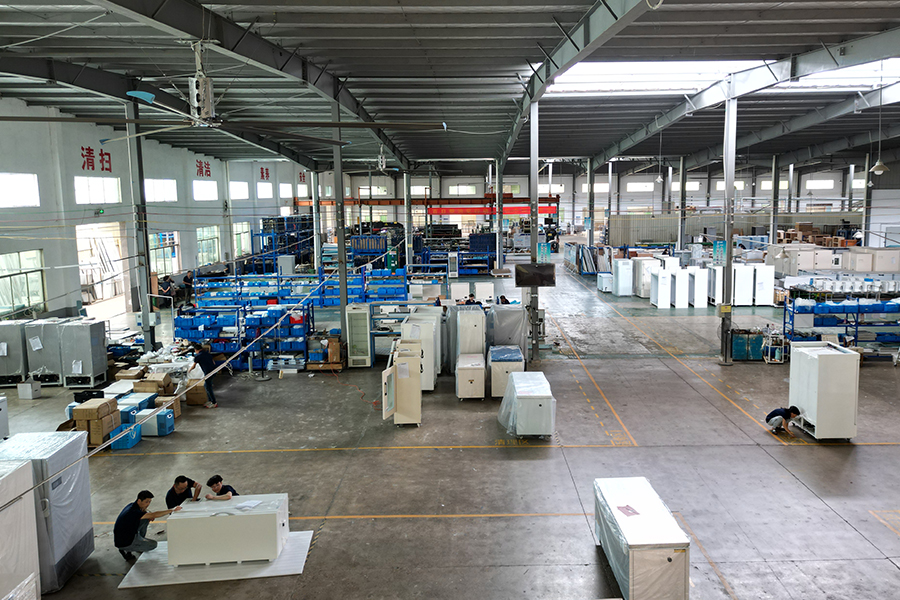
Real-World User Concerns & How These Features Respond
Here are several questions or issues commonly raised by users—gleaned from forum discussions, FAQs, and technical blogs—and how the above features address them.
“How do I maintain temperature during a power drop or while switching vehicles?”
Users worry about short interruptions in power. A robust ULT Portable Freezer should offer battery backup or a holdover mode. Some advanced models provide dual cooling circuits or bypass control to manage short-term outages.
“Will vibration or road shock cause cooling fluctuations or damage?”
Vibrational disturbances may briefly upset refrigeration cycles or loosen internal parts. That’s why shock-resistant mounts, rigid internal frames, and fast recovery control logic are essential. These allow quick stabilization once the disturbance ceases.
“What happens if the door is left ajar or slightly open?”
Doors may inadvertently be left unsealed during handling. A reliable freezer should have door-ajar sensors that trigger alarms and even engage a safety recirculation mode to mitigate exposure.
“How to verify the internal temperature history for compliance?”
Many logistics, healthcare, and regulatory protocols require documenting temperature over time. An integrated data logger with timestamps and export capability satisfies that need—and provides end-to-end traceability.
“What about cooling degradation due to frost, leaks, or wear over time?”
Over long periods, frost accumulation, gasket wear, or refrigerant drift can impair performance. Regular calibration, auto-defrost cycles (if possible), and modular repairs help sustain long-term reliability. Cryostar’s blog on ULT freezer problems outlines common issues—including ice buildup, high-temperature alarms, leaks, and error codes—and recommends preventative maintenance.
Integration with ULT Car Freezer Systems
While a ULT Portable Freezer handles off-vehicle segments of the journey, the ULT Car Freezer serves as the primary cooling backbone during transit. Here’s how the two form a complementary system:
Pre-cooling & staging
Cargo can be staged in the vehicle’s ULT Car Freezer to hold it near setpoint before loading into the portable unit. This reduces thermal shock during transfer.
Seamless transition under power
The car’s cooling environment helps the portable unit maintain temperature during transfers or waiting periods, easing the load on the portable unit.
Redundant cooling paths
In case of a portable unit fault, cargo can momentarily ride in the car freezer while repairs or switching occur.
Load balancing & shared resources
Power from the vehicle or auxiliary battery systems can feed both units, improving overall efficiency and ensuring power is used smartly.
By combining both units into a transport architecture, users gain robustness, flexibility, and contingency resilience.



 中文简体
中文简体 English
English Français
Français عربى
عربى +86-15988502726(wechat)
+86-15988502726(wechat)